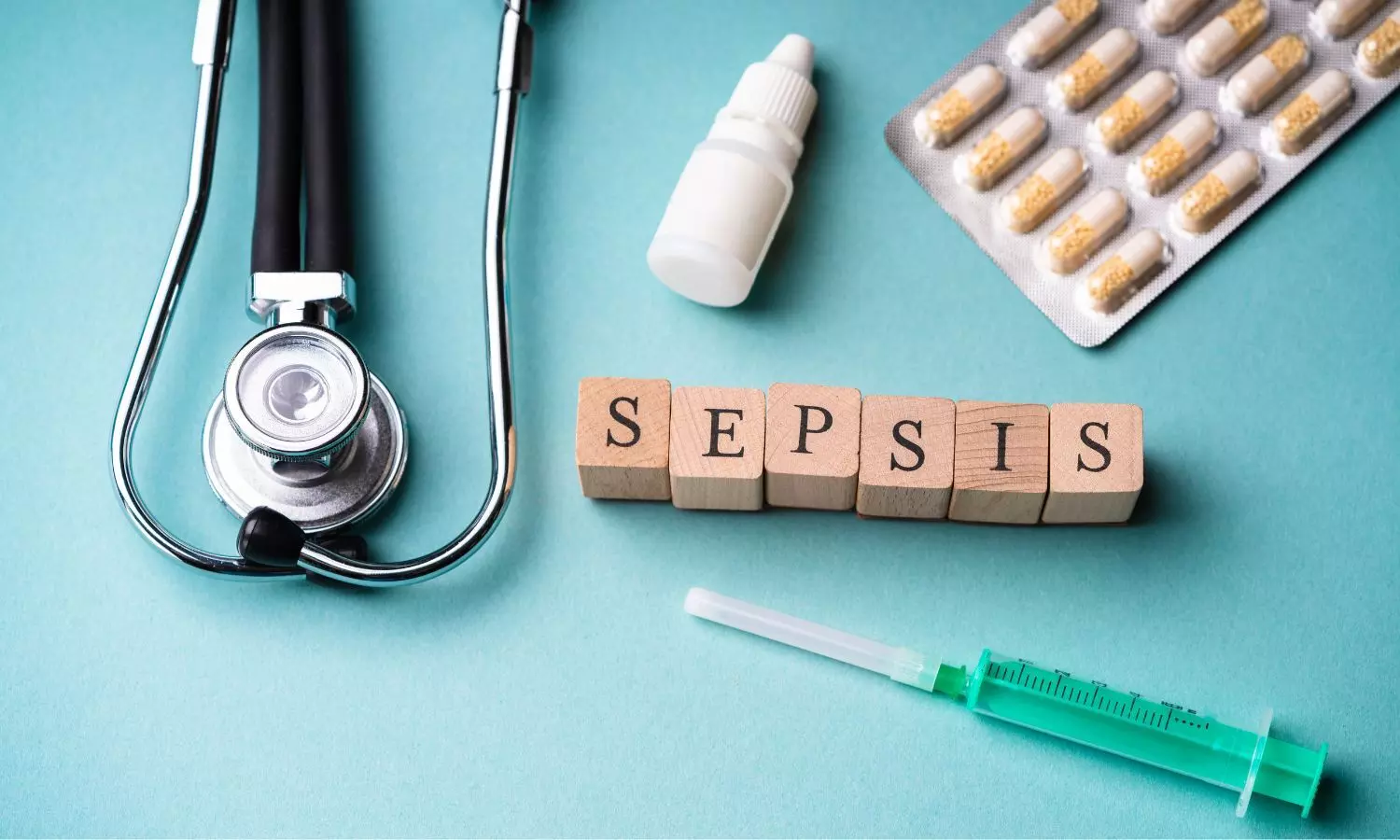Live
- Building a creative economy: Reviving heritage, empowering communities
- BJP Leaders Meet TPP Chairman to Address Irregularities in TIDCO Housing Scheme
- Telangana Sets Record in Rice Yield with 15.3 Million Metric Tons
- Spirituality in the leadership
- Actor Kasthuri Shankar Arrested in Hyderabad Over Controversial Remarks
- Tragic Accident in Anantapur: Bride-to-Be Dies in Bike-Tractor Collision
- Are we on the edge of no return?
- Telangana Appoints Dr. Gummadi V. Vennela as Chairperson of TCAB
- Teaser for ‘Sarangapani Jathakam’ Set to Release on November 21st
- Manage C&D waste better to fight air pollution: CSE
Just In
Comprehending Sepsis: Why Early Diagnosis is Critical for Saving Lives


Sepsis is responsible for millions of deaths worldwide. With early detection crucial to survival, nurses are on the frontlines, identifying critical signs and ensuring swift intervention to combat this rapidly progressing condition.
Sepsis, often defined as a silent killer, is a life-threatening illness that occurs when the body's reaction to an infection leads to injury of its tissues and organs. In-spite-of rapid medical advances, sepsis remains a major healthcare condition, responsible for more than 11 million deaths globally each year.
The core challenge arises from the elusive and rapidly progressive nature of sepsis, making it difficult to diagnose in its initial phases. This underlines the vital significance of early detection in saving lives, with nursing personnel assuming a crucial role in the frontline identification and handling of this life-threatening ailment.
Understanding Sepsis
Sepsis is a condition that occurs when an infection, bacterial, viral, or fungal, leads to an excessive immune reaction in the body. Instead of effectively combating the invading pathogens, the immune system becomes hyperactive, releasing chemicals that result in substantial inflammation. This can set off a series of physiological changes, including blood clotting and compromised blood flow to essential organs such as the heart, brain, and kidneys. If not properly addressed, sepsis can advance to septic shock, marked by a significant drop in blood pressure, resulting in the failure of multiple organs and death.
Another key challenge with the condition is that its initial symptoms can be easily mistaken for other conditions. These include fever, chills, rapid heartbeat, and confusion. However, as the condition advances, the individual experiences more severe symptoms like difficulty breathing, excessive pain, and changes in mental state.
This makes it a significant challenge to diagnose, demanding vigilance and swift action by healthcare professionals.
The Critical Role of Early Diagnosis
It is crucial to identify sepsis during the early stage as even a one-hour delay in obtaining the right treatment increases the risk of death by approximately 7.6 percent. Sepsis represents a critical medical emergency where time is of the foremost importance. Detecting it early allows for the timely delivery of antibiotics, fluids, and other essential treatments, improving the chances of survival.
While advances in diagnostic technologies have enhanced our capacity to detect sepsis, they are not infallible. Blood tests, imaging studies, and other diagnostic tools can assist in detecting infections and assessing organ function, yet they often require time that many sepsis patients cannot afford. Hence, the role of clinical judgement, especially among nursing staff who are the first point of contact with patients, becomes elemental.
Nursing Staff: The Frontline Detectives
Nurses are the primary contact for patients and through their attentive monitoring and close patient care, they are well-positioned to determine minute changes in a patient's condition that could hint at the onset of sepsis. For example, they may witness a sudden decrease in blood pressure, increased respiratory rate, or alterations in a patient's mental state – all of which are key indicators of sepsis, especially in a bustling hospital environment where these signs could easily go unchecked.
The attentiveness of nursing personnel is critical for detecting these initial signs. They undergo comprehensive training to identify symptoms of infection and systemic inflammation, and their swift communication of these observations to doctors can result in expedited diagnosis and treatment. Additionally, nurses often act as advocates for patients, assuring that any concerns are promptly addressed.
In addition to their exceptional observational abilities, nurses also have a key responsibility in educating patients and their families about sepsis. Acknowledging the initial symptoms of the condition can empower patients to promptly seek medical care, potentially reducing the time needed for diagnosis and treatment.
The Path Forward
Lowering the mortality rate from sepsis needs a multifarious strategy, with early diagnosis being a cornerstone of effective management. As we continue to invent innovative diagnostic tools and treatments, the role of nursing staff remains crucial.
It is essential for the healthcare industry to emphasise training and supporting nursing staff in identifying and managing sepsis. By investing in education, ensuring access to state-of-the-art diagnostic tools, and promoting a collaborative and communicative environment, healthcare organisations can effectively combat this life-threatening condition.
(This article is authored by Dr. Anirban Chattopadhyay Senior Consultant, Critical Care Medicine, CK Birla Hospitals, CMRI)

© 2024 Hyderabad Media House Limited/The Hans India. All rights reserved. Powered by hocalwire.com






